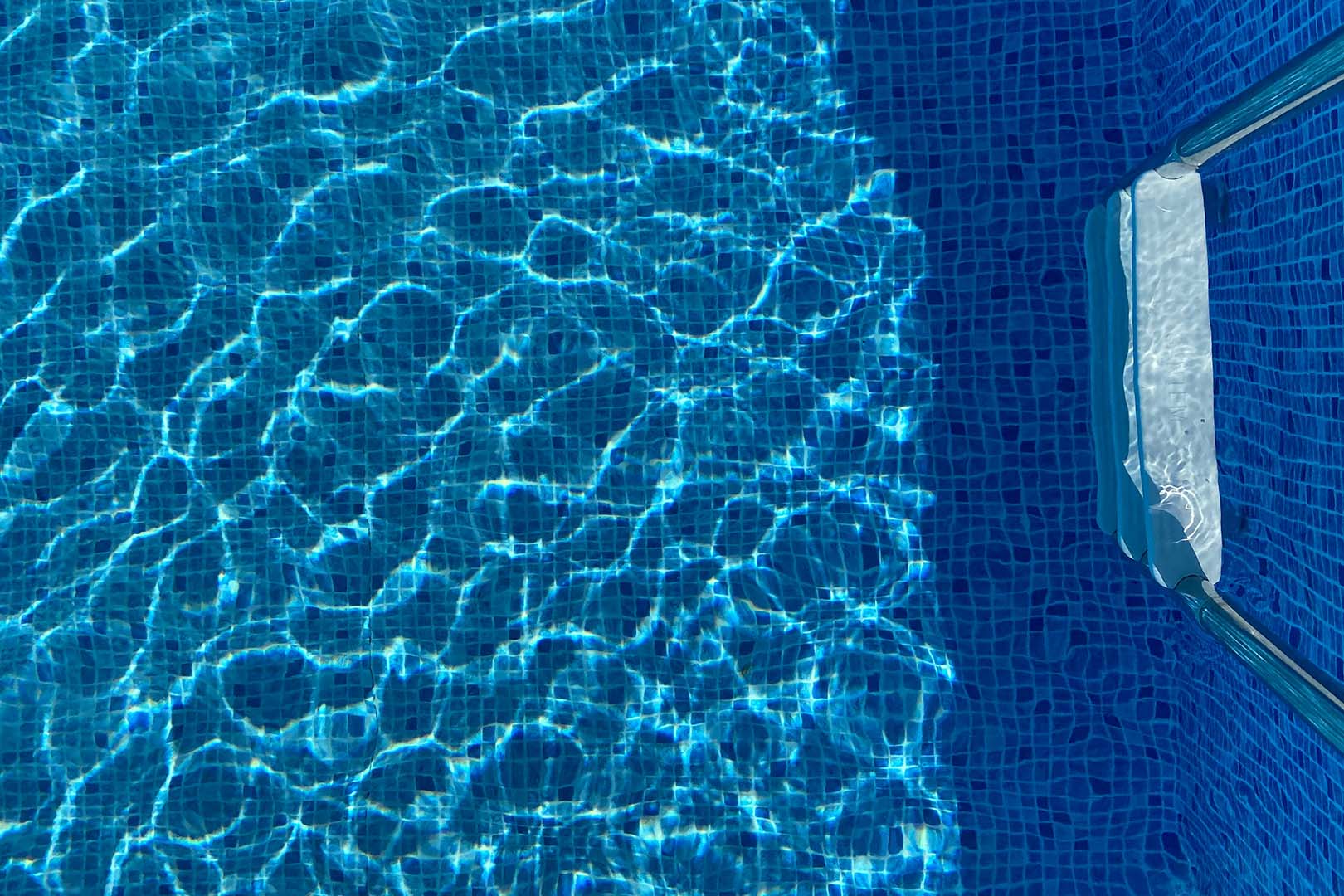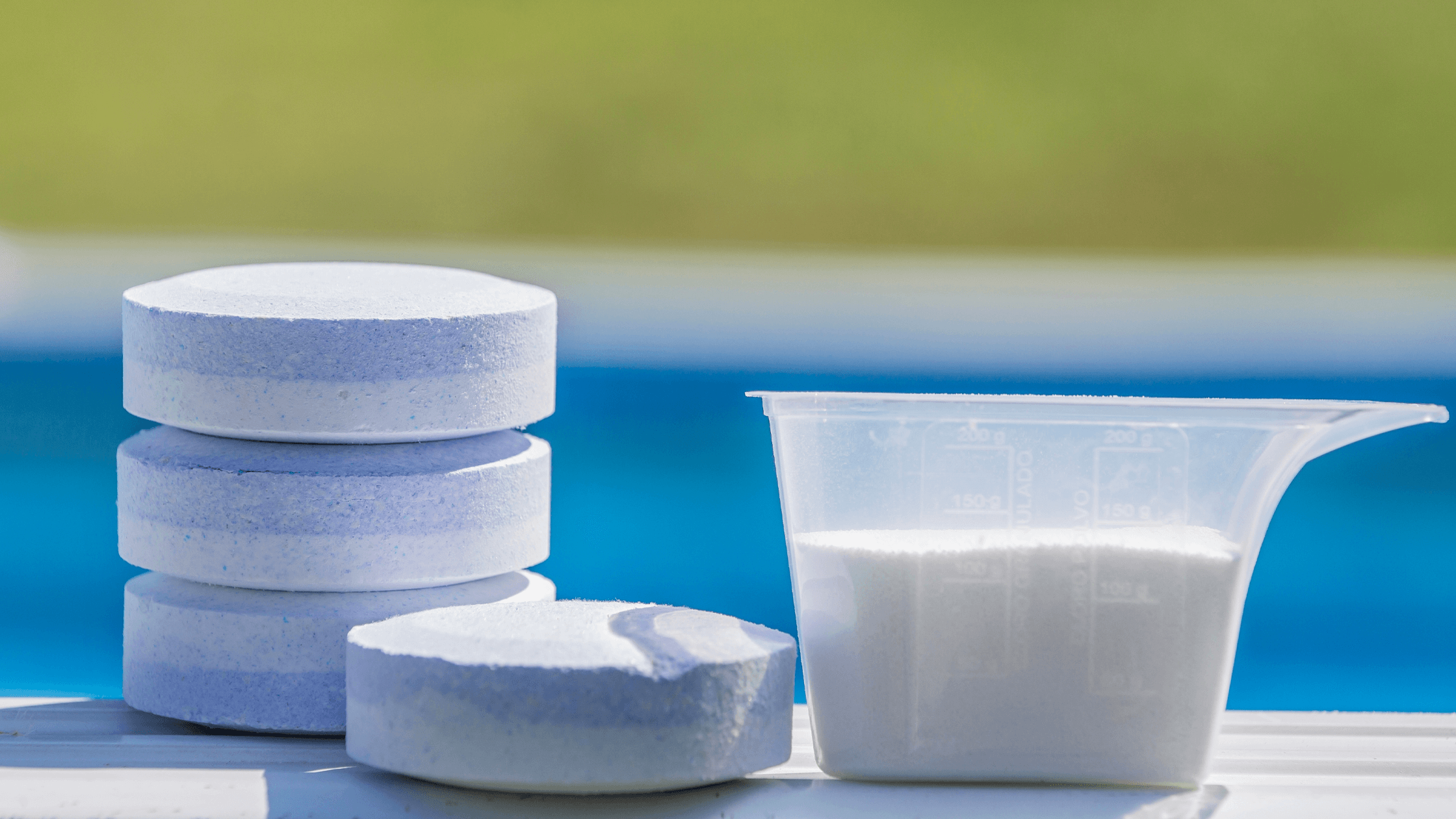
How to Do a Bucket Test for Pool Leaks: Step-by-Step Guide to Detect Water Loss
Have you noticed your pool water dropping whenever you go out for a swim? Are you unsure if it’s a leak or merely evaporation? Well,
Subscribe Now to Get AUD $15 Off Coupon

Pool maintenance is on the checklist of every pool owner but is rarely executed. Pool maintenance is essential for preventing bacteria and other pathogens from contaminating your pool water and making it unsafe for you and your loved ones.
Who doesn’t love a crystal-clear pool? Cleaning and maintaining your pool isn’t difficult. With shock treatment, you can say goodbye to all sorts of contaminants. But what exactly is pool shock? In this article, we’ll explore the basics of pool shock treatment and how to shock a pool the right way.
Table of Contents
A pool shock has nothing to do with shocking your pool with electricity. In fact, a pool shock refers to the process of adding a concentrated amount of chlorine powder into the pool, a process also known as superchlorination, to eliminate bacteria and algae instantly. If your pool develops a green coat, chances are it may be infected with hyperalgal growth. In this case, you need a shock treatment for pools to make them pristine.
The shock treatment for pools is essential for maintaining the water quality and pH levels and making pool water safe for swimming. Pool shock offers various benefits, making it a must-do maintenance procedure for pools.
Shock pools remove chloramines, also known as combined chlorine, which are formed by the mixture of chlorine with sweat or urine. When chloramines reach an excessive level, they prevent free chlorine from cleaning and sanitizing your pool. The symptoms are cloudy pool water, skin irritation, and an unpleasant chlorine odor. Doing shock for pools helps oxidize chloramines and mitigate pathogens.
If your pool is uncovered and it rains heavily, this makes your pool cloudy. Doing a pool shock treatment increases free chlorine levels, which clears cloudiness and makes your pool water safe for use.
Another benefit of pool shock treatment is the elimination of algae. By adding excessive chlorine, algae are killed and their growth is inhibited.
Now that you have learned about pool shock treatment, let’s proceed to learn about how to shock a pool properly by following the pool shock steps mentioned below.
Pool maintenance is important for maintaining the health and pristineness of your pool. Follow the tips below to ensure a pristine and crystal-clear pool.
Scrub and brush your pool regularly to remove fallen leaves, insects, debris, and algae that make your pool unattractive and unsafe for use.
Check your pool’s water levels and ensure they stay within the recommended range.
Ensure your pool has a proper chemical balance, as it helps keep your pool clean. Test the pool water regularly and take necessary measures, such as adding chlorine, to prevent algae growth.
Maintaining pool hygiene is essential for your health. If you spot excessive algae growth in your pool, you must do a pool shock treatment to quickly eliminate algae and other pathogens. This ensures a clean and safe pool. Check out Aiper pool vacuums to help make your pool pristine and totally safe for use.
We hope you have gotten the idea of how to shock a pool. Here are a few questions you may have in mind:
Q: How much chlorine is to be added to the pool?
A: Maintaining ideal pool chlorine levels is essential. The chlorine levels for outdoor pools must be between 0.5 and 3 ppm, whereas for indoor pools, 0.5 to 1.5 ppm is ideal.
Q: How long after the shocking pool can you swim?
A: You must wait at least 24 hours before swimming in a pool after a shock treatment. Swimming in a pool that has just been shocked may cause skin and eye infections.
Q: What happens if you go into a pool that was just shocked?
A: If you go into a pool that has just been shocked, you may experience several health problems, such as eye and skin infections, breathing issues, and digestive problems.

Have you noticed your pool water dropping whenever you go out for a swim? Are you unsure if it’s a leak or merely evaporation? Well,

Are you tired of leaves littering up your pool every time you step out for a swim? The daily struggle of skimming leaves and cleaning

Imagine your pool buzzing with your friends having fun, laughter echoing around your backyard, and having the time of their lives. Want to make it

Spring is here, and it’s time to refresh your pool! Get that cover off and start cleaning your pool to enjoy upcoming fun-filled days. But

Imagine your pool surrounded by lush green trees, sparkling vividly and perfectly popping with beautiful landscaping, giving a natural vibe. Sounds relaxing, right? This blog
Aiper 2025. All Rights Reserved